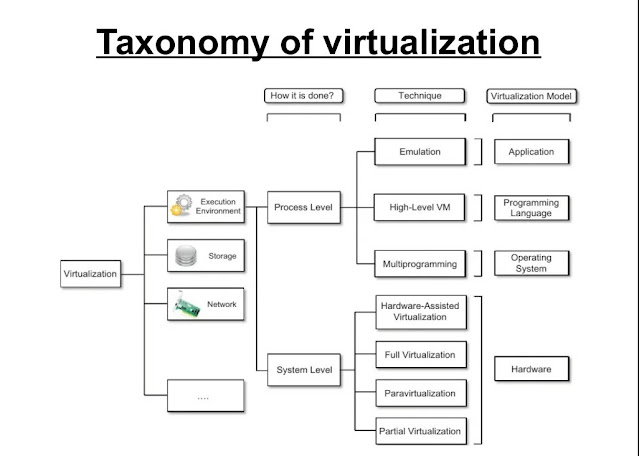Explain APPLICATION AREAS OF APRIORI ALGORITHM and advantages and disadvantages of apriori algorithm.
APPLICATION AREAS OF APRIORI ALGORITHM
- In Education Field: Extracting association rules in data mining of admitted students through characteristics and specialties.
- In the Medical field: For example, Analysis of the patient's database. In Forestry: Analysis of probability and intensity of forest fire with the forest fire data.
- Apriori is used by many companies like Amazon in the Recommender System and by Google for the auto-complete feature. Advantages and Disadvantages of Apriori Algorithm
Advantages
Easy to understand the algorithm
Disadvantages
- It requires high computation if the itemsets are very large and the minimum
- Join and prune steps are easy to implement on large itemsets in large databases support is kept very low.
- The entire database needs to be scanned.



Comments
Post a Comment